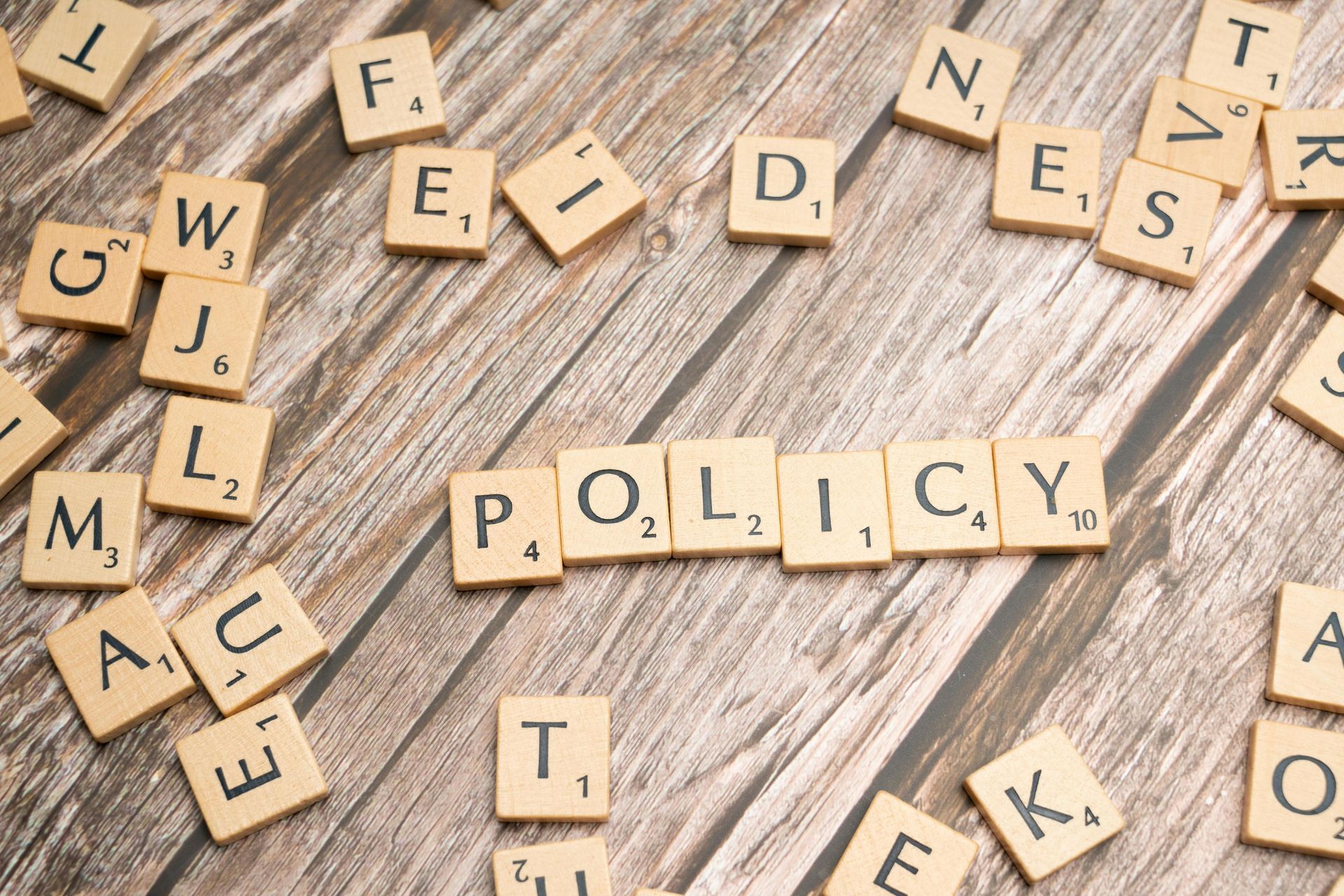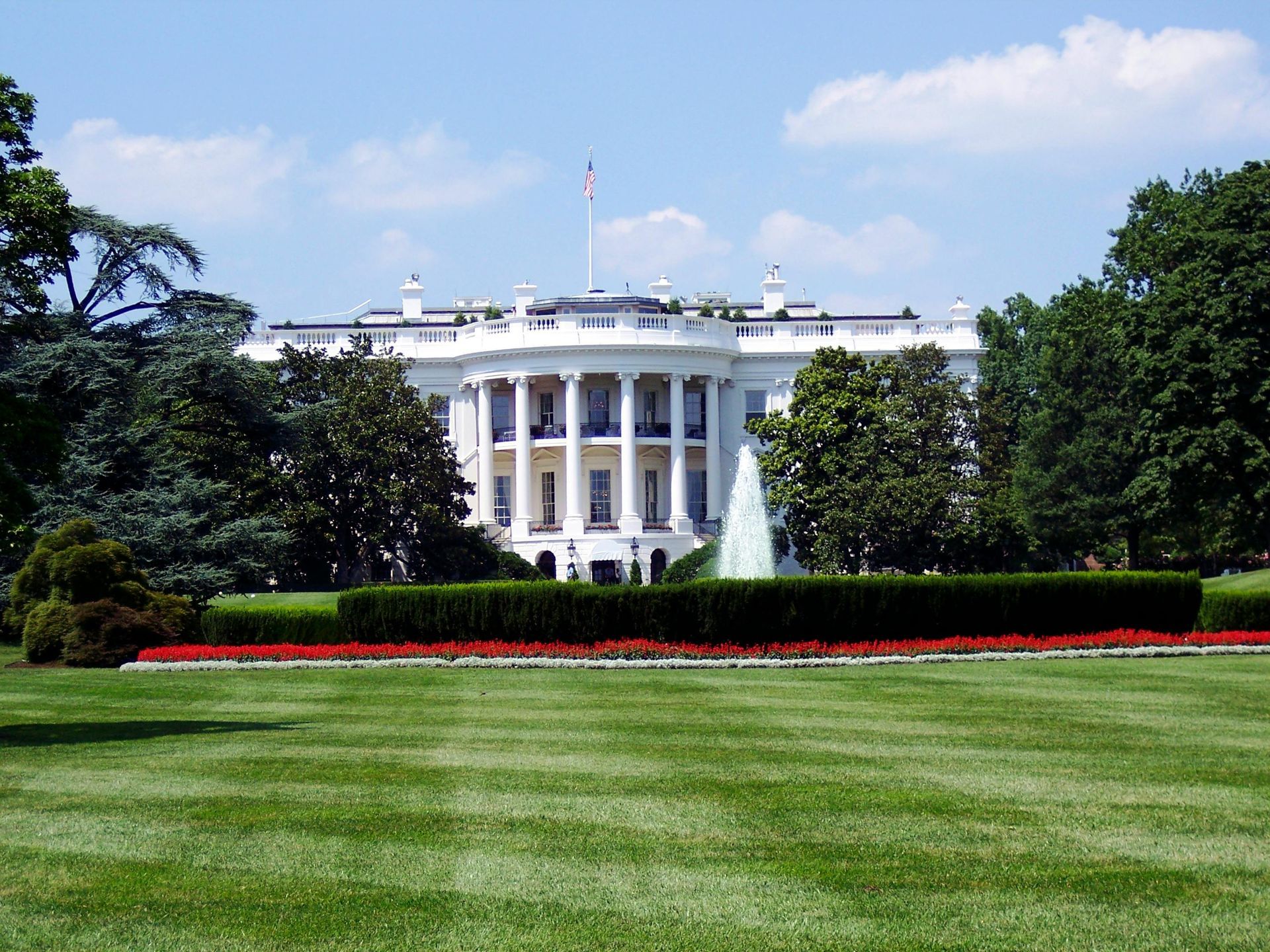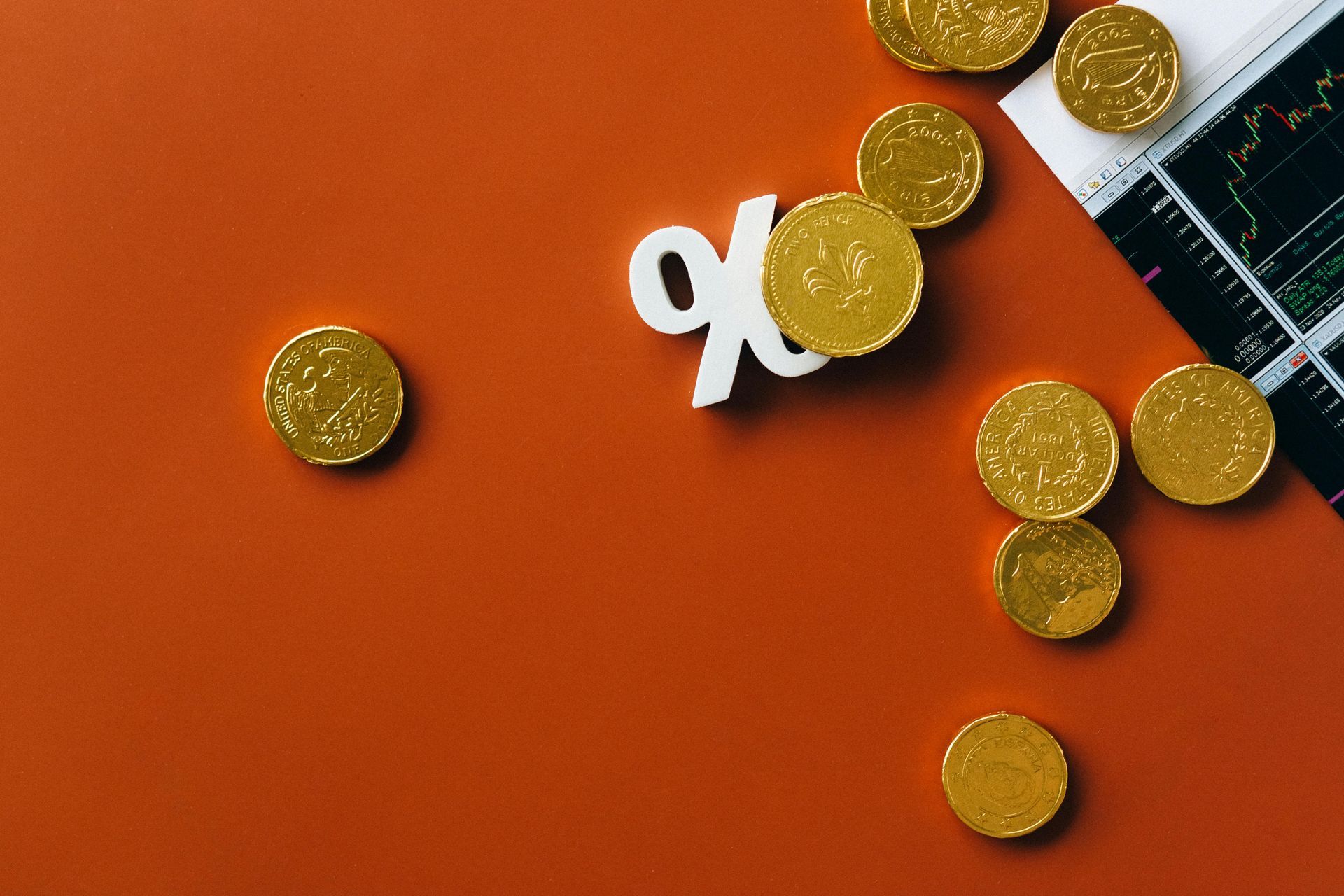By Ross Silver
•
December 20, 2025
Governments around the world play a role in shaping the environments in which businesses operate. Government involvement in specific industries can lead to increased regulation, subsidies, and tariffs. These can support growth, enhance sustainability, and protect workers and consumers. However, these interventions can also create burdens for businesses by imposing compliance challenges and operational constraints. Government involvement in various industries can significantly shape the economic environment of businesses. Governments can provide financial subsidies to specific sectors, making them more profitable. This can lead to potential investment and growth in those industries. Additionally, by imposing tariffs or taxes on imported goods, governments can protect domestic industries from foreign competition, allowing those said businesses to succeed. Government regulation plays a significant role in shaping the landscape of various industries. These regulations can have far-reaching consequences, affecting everything from the profitability of businesses to the safety and well-being of consumers. The primary goal of government regulation is to balance the interests of different stakeholders, including businesses, consumers, and the environment, to create a fair and sustainable market. Regulations imposed by the government can have both positive and negative impacts. Economic regulations are designed to ensure fair competition and prevent monopolistic practices that could harm consumers. These include antitrust laws, price controls, and industry-specific regulations. Compliance with these regulations is non-negotiable. Excessive regulations can hinder innovation by making it difficult for new businesses to enter the market, or for existing businesses to adapt to the ever changing rules. Failure to adhere to these regulations can result in fines, lawsuits, or worst case scenario, dissolving the business. In order to stay compliant, businesses must invest in legal expertise and compliance monitoring systems to effectively navigate these regulations. Labor laws were enacted to protect workers and employees. These regulations cover a wide array of issues, including minimum wages, maximum working hours, workplace safety standards, and anti-discrimination policies. Businesses are required to remain compliant with evolving labor laws. Changes in policies—such as an increase in the minimum wage or new paid leave requirements—can significantly impact payroll structures and overall operational budgets. One of the benefits of government regulation is the protection it offers to consumers. By setting standards for product safety, regulating advertising claims, and enforcing competition laws, governments can ensure that consumers have access to fair and safe markets. These measures not only benefit society as a whole but also contribute to the long-term sustainability of businesses. Government regulation can also have negative consequences, especially on small businesses. Overregulation can lead to increased compliance costs, which may disproportionately affect small businesses and startups. This limits their ability to compete with larger corporations. Furthermore, regulatory barriers can hinder innovation by making it difficult for new products or services to enter the market. The complexity of regulatory frameworks can also lead to “regulatory capture” where larger companies use their resources and influence to shape regulations in their favor. This further marginalizes smaller competitors. Regulatory burdens aren’t just shouldered by businesses. They are also passed on to consumers. According to August Pfluger, a representative from Texas, and Chairman of the U.S. House of Representatives Republican Study Committee, “[Regulations] amount to a massive stealth tax, paid by the American people, through lower pay and higher prices for the goods and services that we buy every day,” Doug Holtz-Eakin, a former director of the Congressional Budget Office and current president of American Action Forum, says costs are costs when it comes to the impact of regulations on businesses. “If you’re a businessperson, you have to cover the costs, whether it’s a tax you have to pay or another way to get to the same thing – a regulation that they force you to comply with. It hurts your opportunity to hire people. It hurts your chances to expand. It hurts all the things we think of as productive in the economy, and that’s a headwind to growth.” Tickers to consider: JTAI , VNRX , FBRX , POAI , PPCB , Sylva Disclaimer: https://www.sylvacap.com/disclaimer






